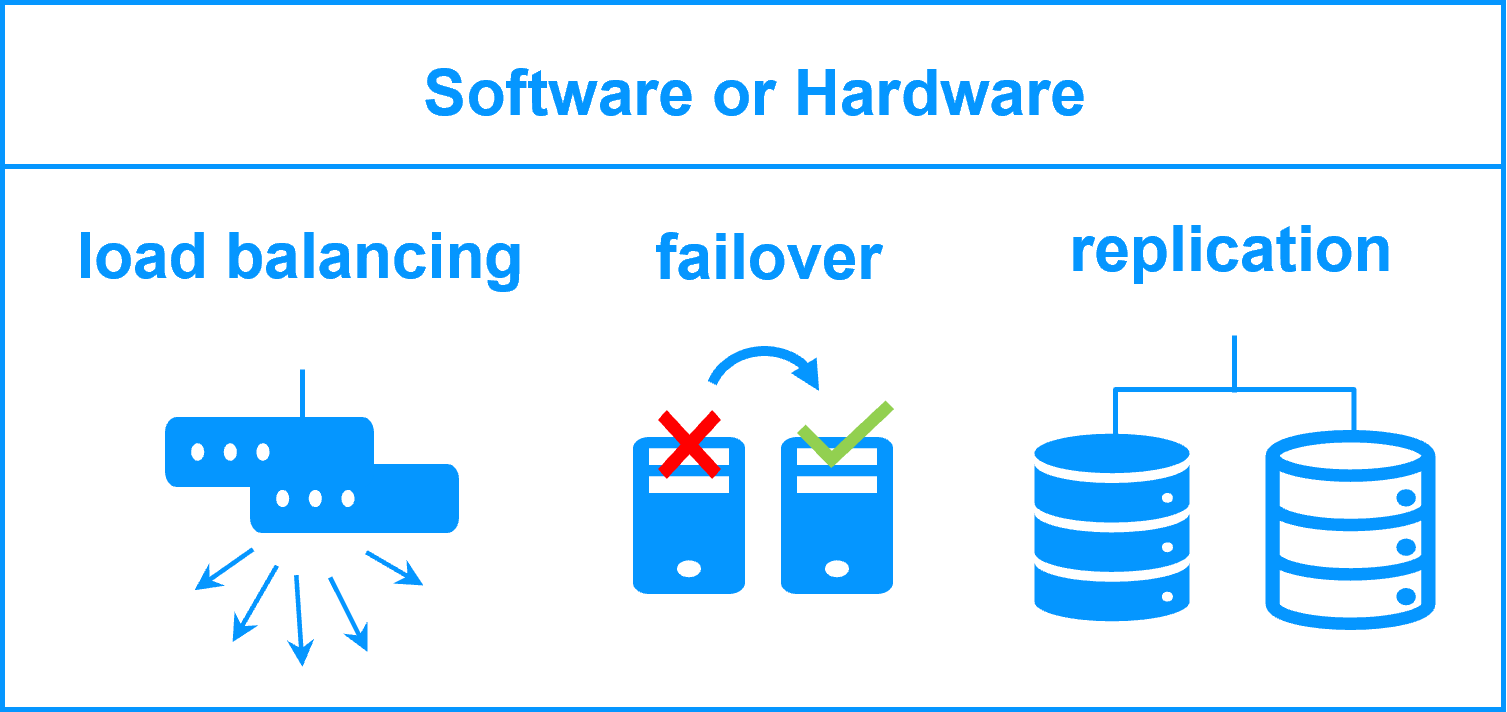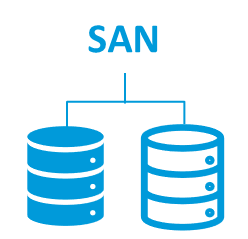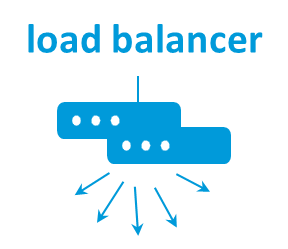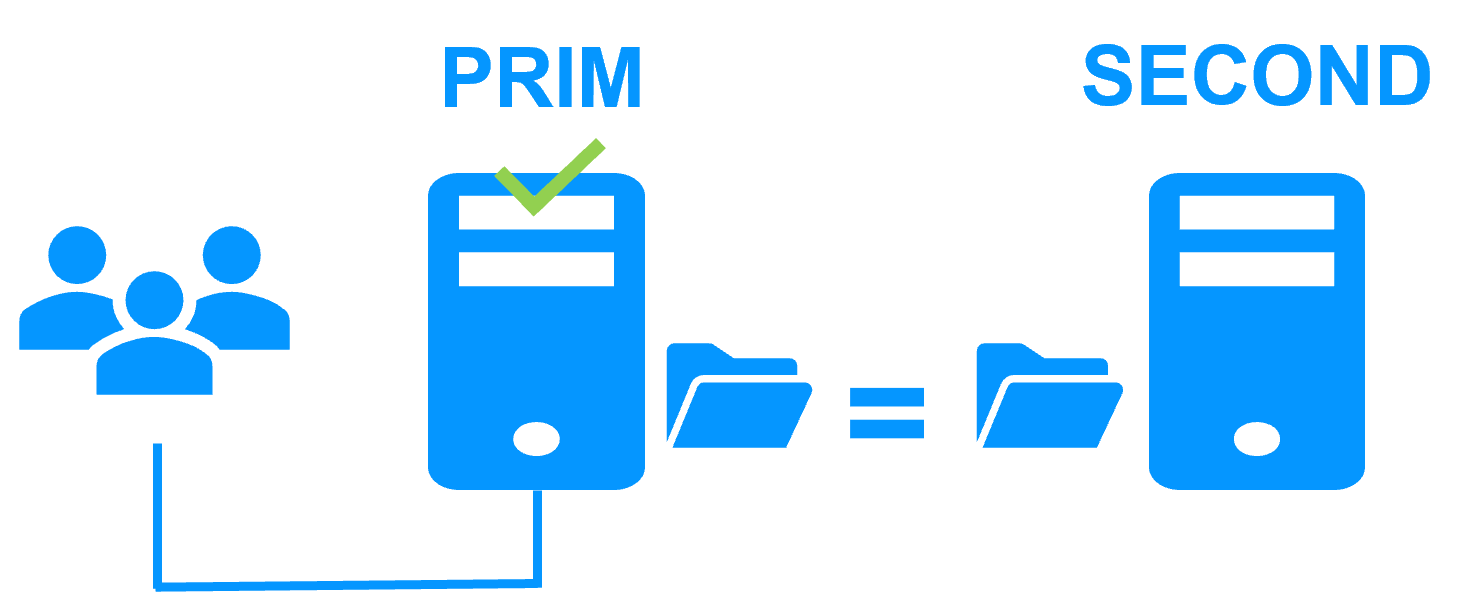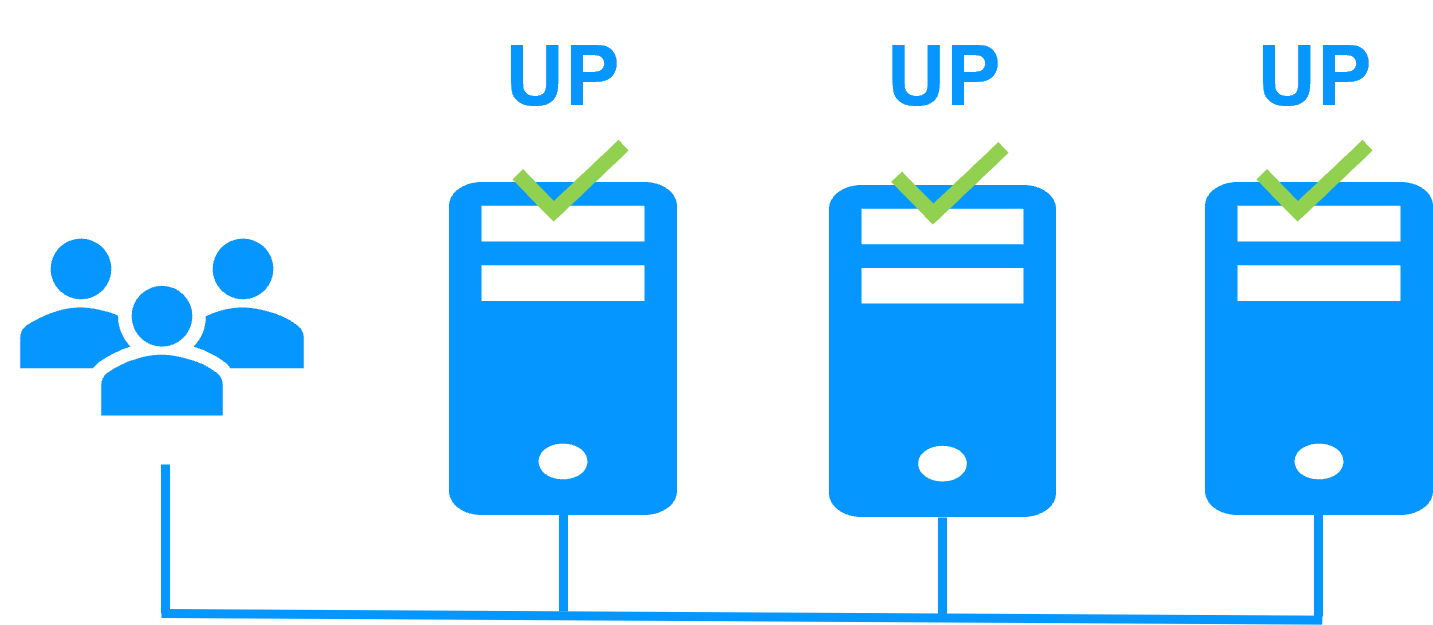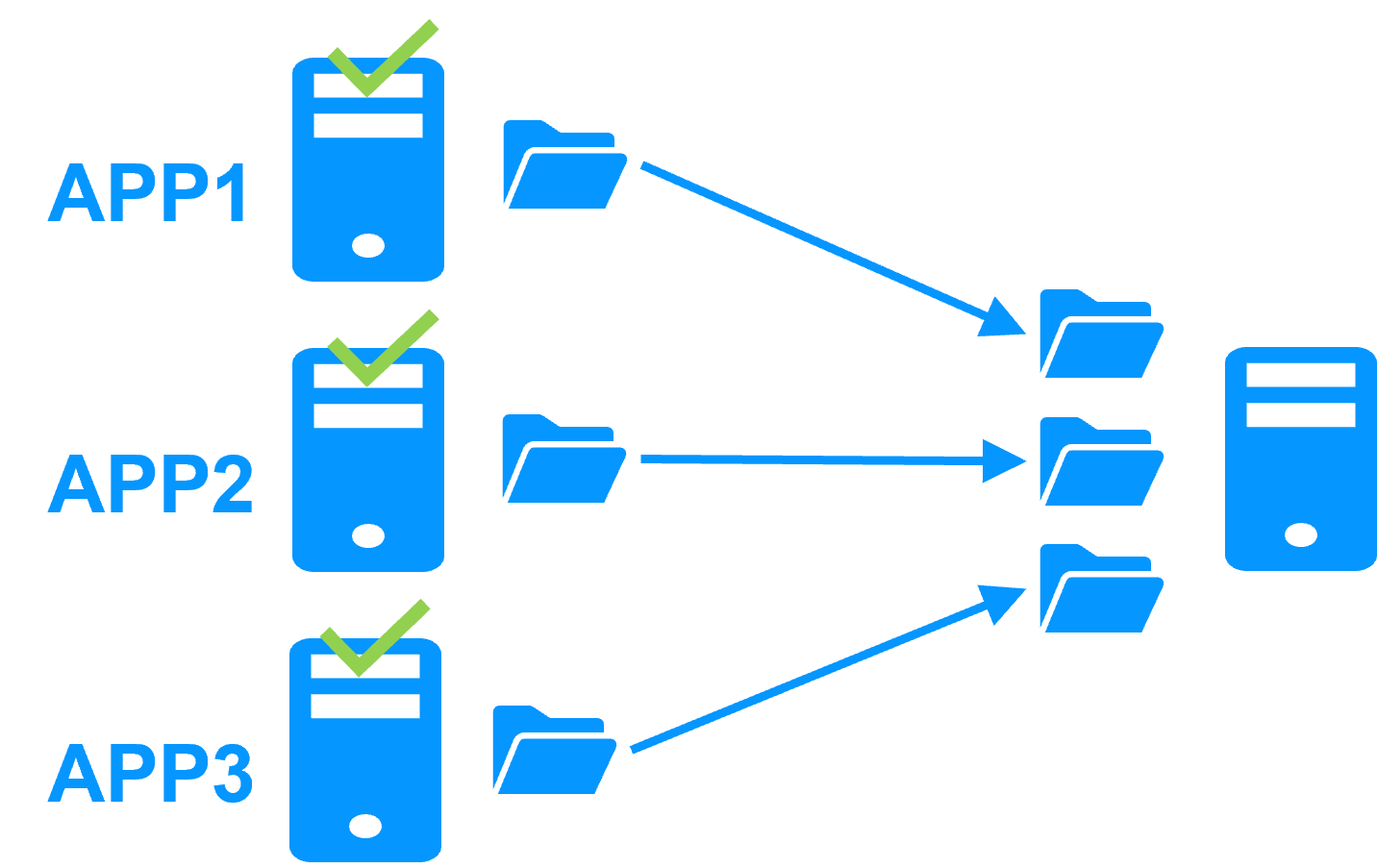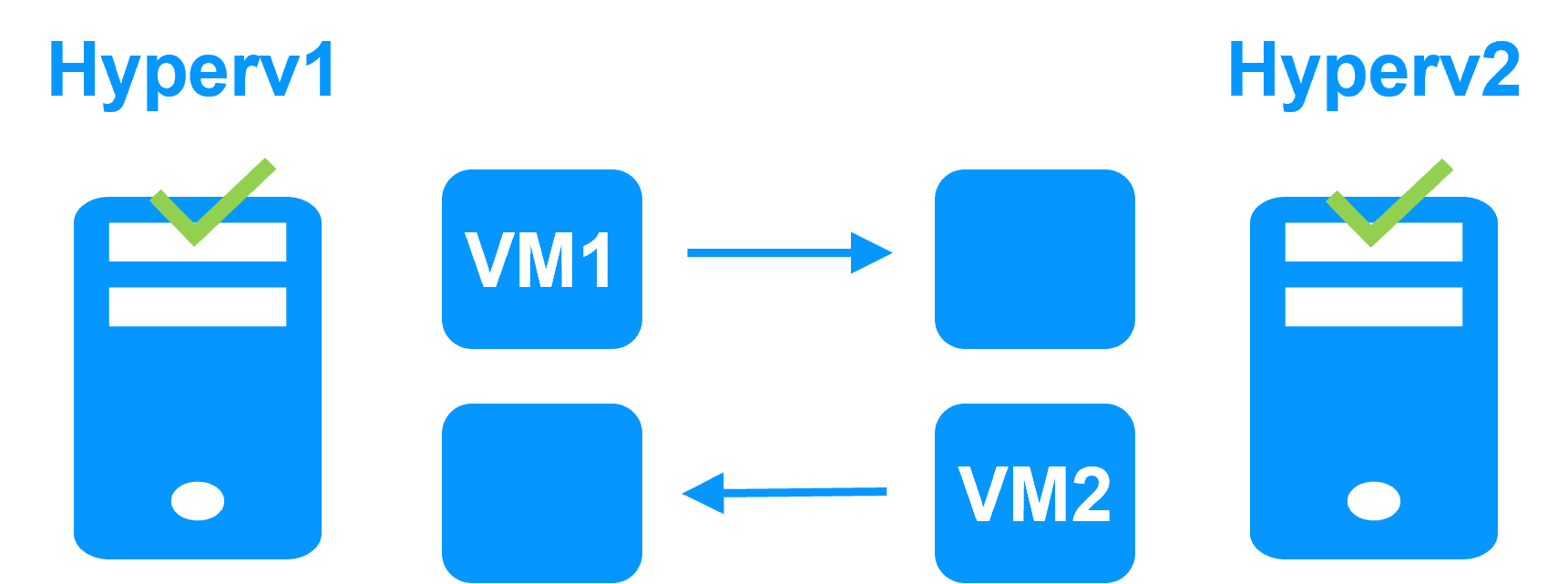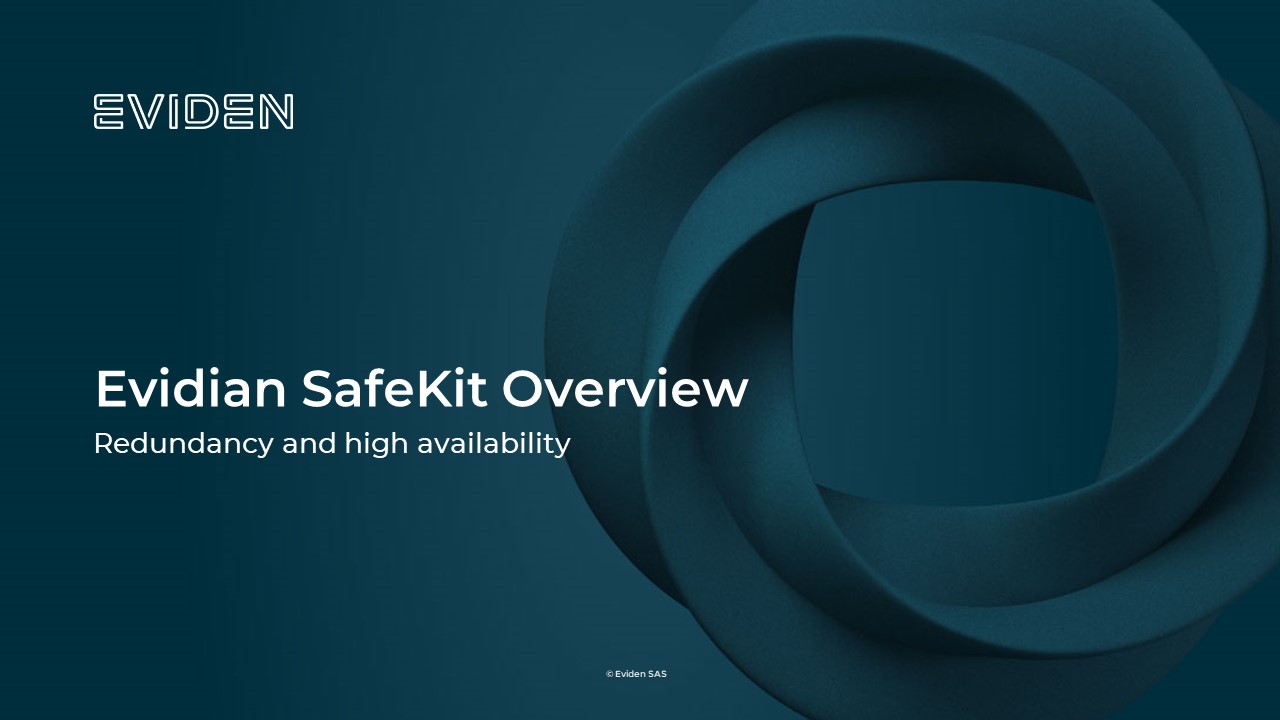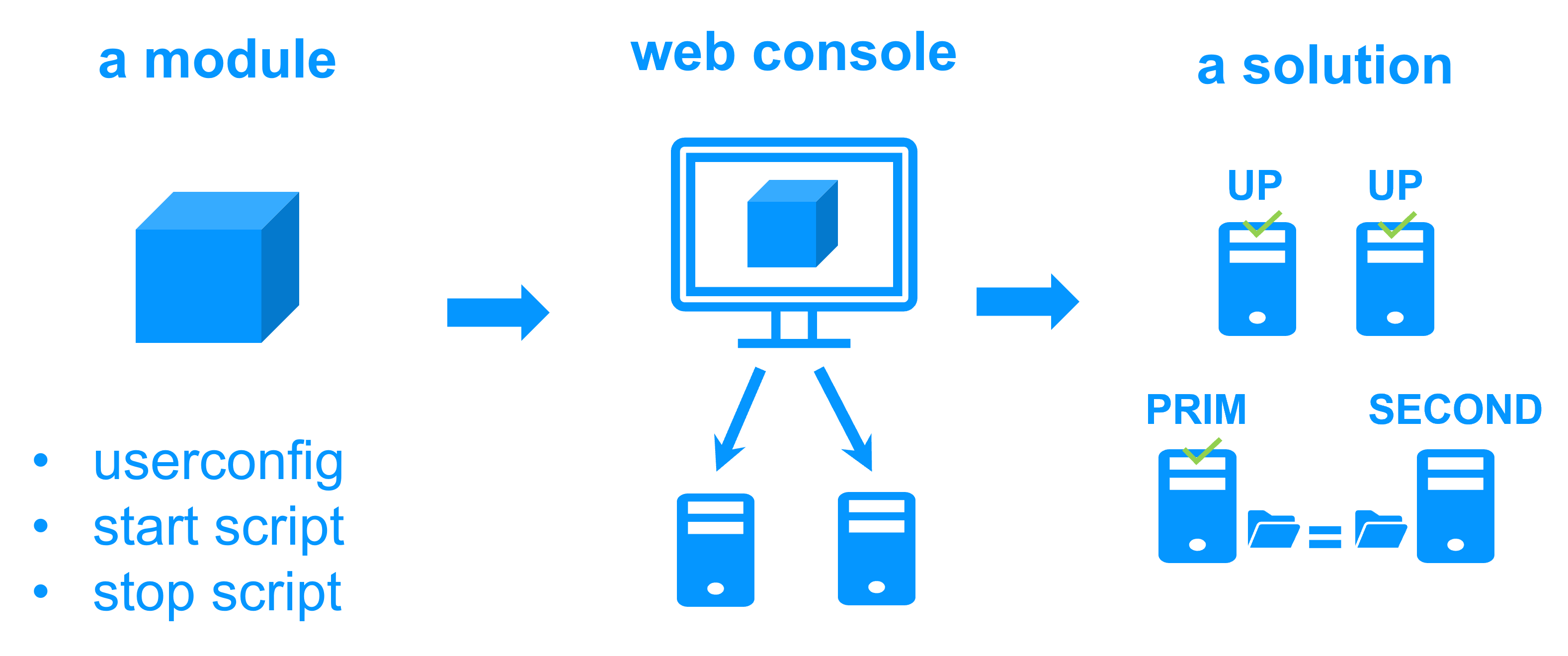Software clustering vs hardware clustering
Evidian SafeKit
Difference between software clustering and hardware clustering?
Overview
This article explores the pros and cons of software clustering vs hardware clustering by looking at features like data replication, shared disks, load balancing, hardware and software prerequisites, skills to configure the cluster...
The following comparative tables explain in detail the difference between hardware clustering and SafeKit, a software clustering product.
What is hardware clustering?
There are two types of hardware clustering solutions: hardware clustering for backend applications like databases and hardware clustering for frontend applications like web services.
Hardware clustering for backend (like with Microsoft failover cluster) is based on 2 servers sharing a disk with an automatic application failover in case of failure.
Hardware clustering for frontend is based on load balancers (like with F5 BIG-IP) in front of a farm of servers (2 servers or more). The load balancers distributes the TCP sessions to the available servers in the farm.
What is software clustering?
As with hardware clustering, there are two types of software clustering solutions: software clustering for backend applications like databases and software clustering for frontend applications like web services.
Software clustering for backend (like with SafeKit) is based on 2 servers replicating in real-time data with an automatic application failover in case of failures.
Software clustering for frontend (like with SafeKit) is based on load balancing in a farm of servers (2 servers or more). The load balancing is made by software and distributes the TCP sessions to the available servers in the farm.
Pros and cons of software clustering vs hardware clustering
| SafeKit software clustering
|
Hardware clustering
|
Hardware load balancers
|
| Features | ||
| (1) Real-time file replication
(2) Failover toolkit (3) Network load balancing (no dedicated proxy) |
(1) Disk replication
(2) Failover toolkit |
(1) Network load balancing |
| Hardware | ||
| Standard physical servers, virtual servers or Cloud | Dedicated storage (shared or replicated) | Dedicated network load balancing boxes |
| Software | ||
| Standard editions of Windows, Linux and databases (even OS for PC and free editions of databases) | Enterprise editions of OS and databases | Firmware in load balancers |
| Skills | ||
| No specific IT skills for deploying SafeKit | High level skills in storage and OS | High level skills in network |
Evidian SafeKit mirror cluster with real-time file replication and failover |
|
|
3 products in 1 More info >  |
|
|
Very simple configuration More info >  |
|
|
Synchronous replication More info > 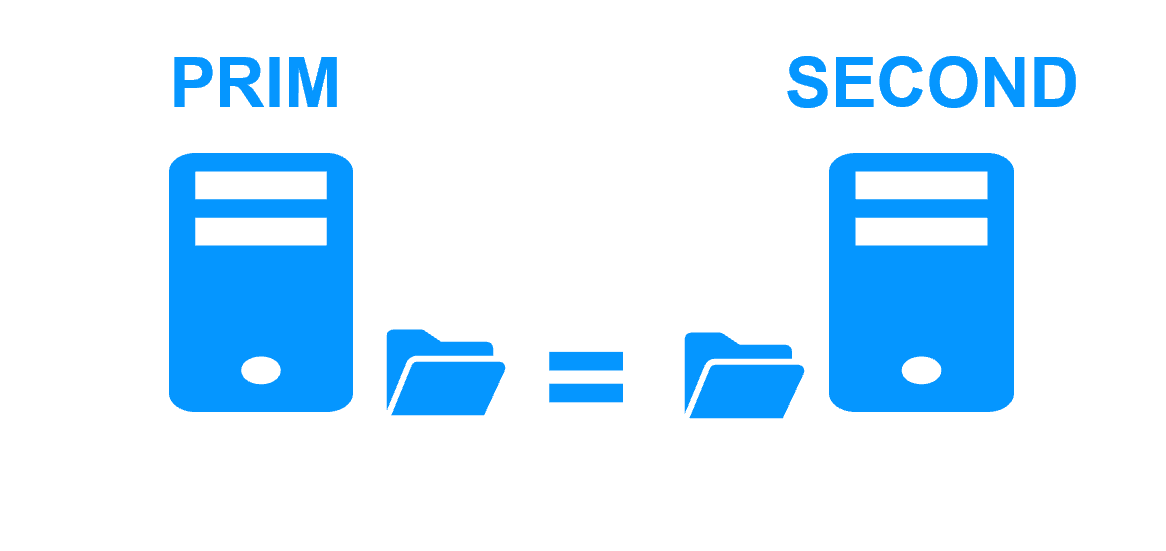 |
|
|
Fully automated failback More info > 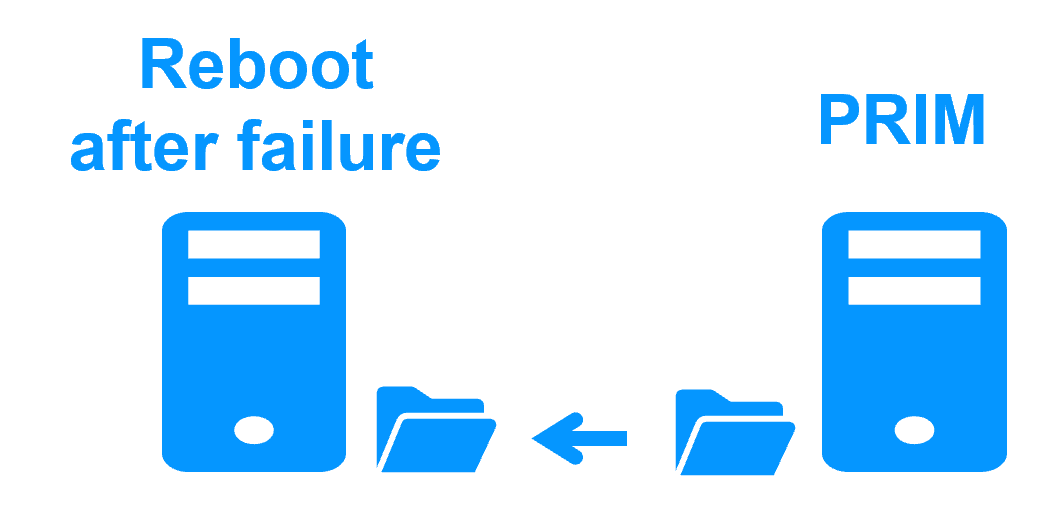 |
|
|
Replication of any type of data More info > 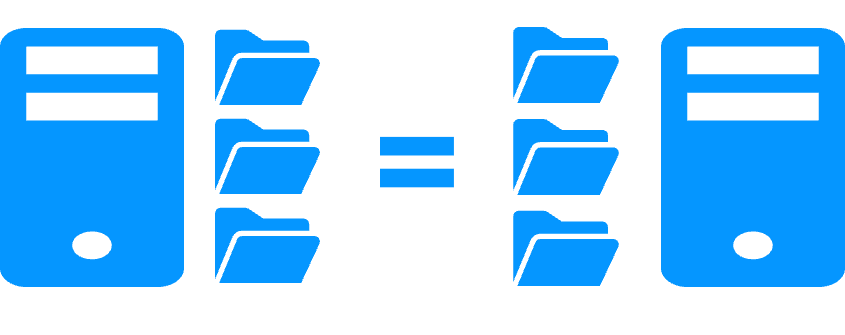 |
|
|
File replication vs disk replication More info > 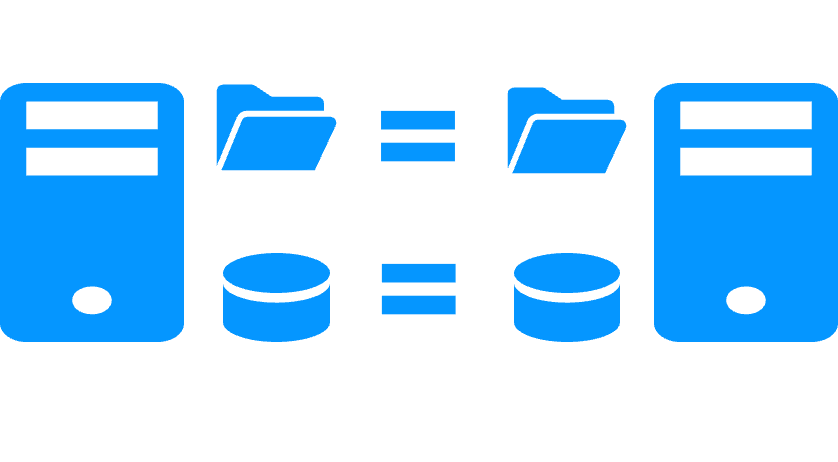 |
|
|
File replication vs shared disk More info > 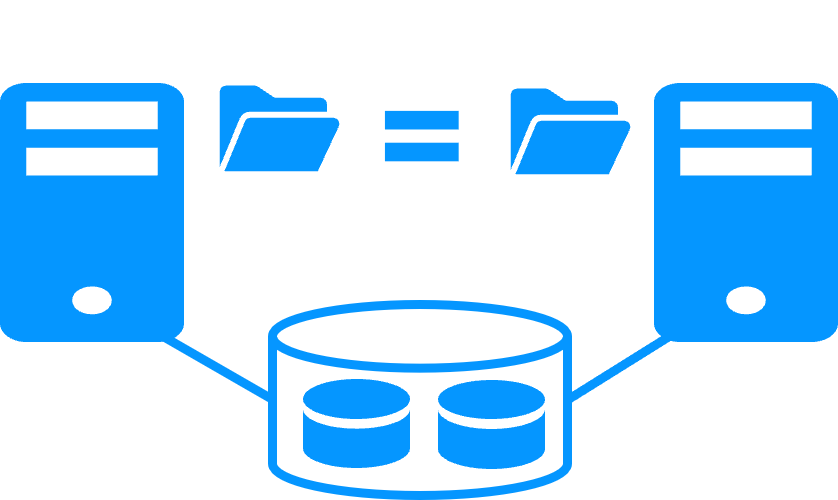 |
|
|
Remote sites and virtual IP address More info >  |
|
|
Quorum and split brain More info >  |
|
|
Active/active cluster More info > 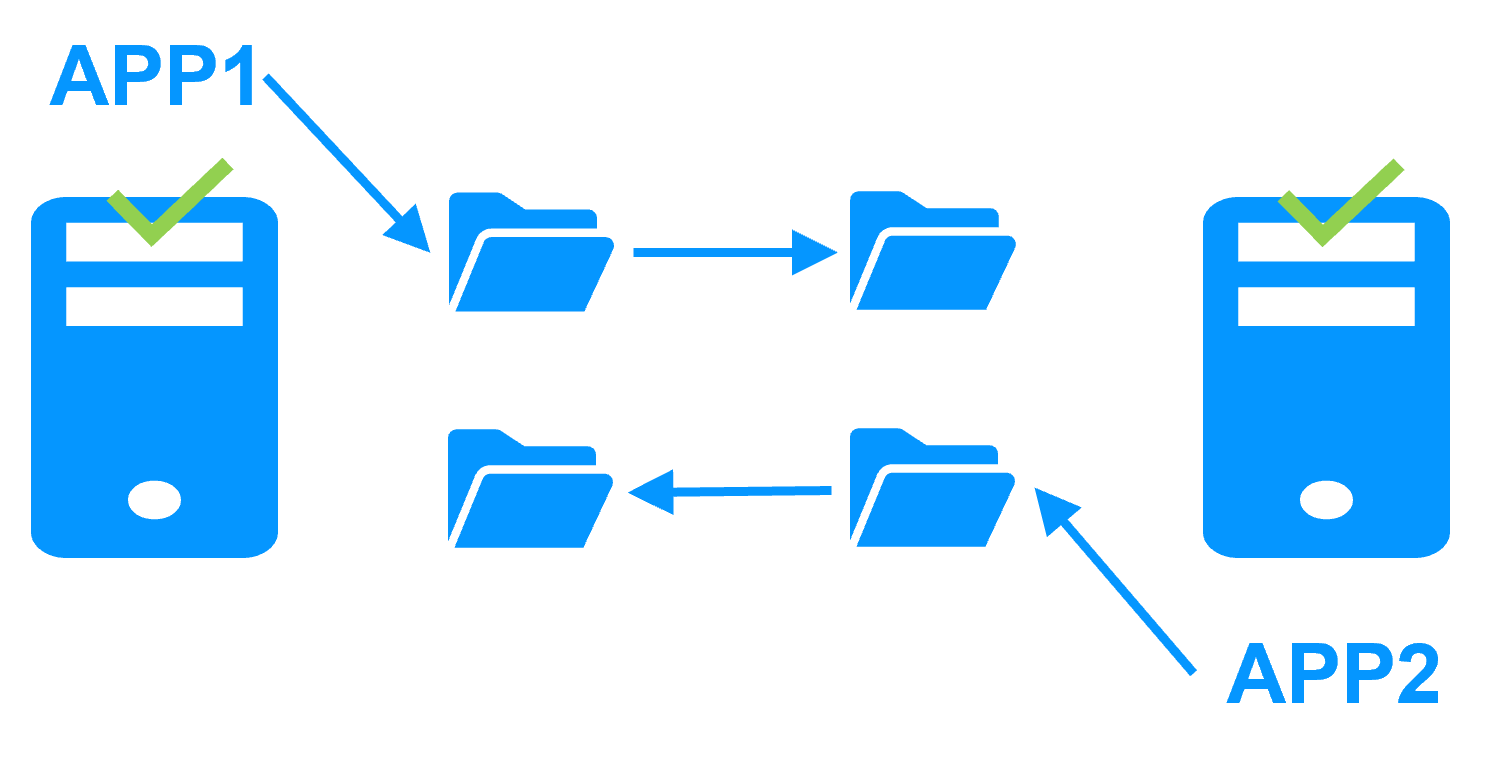 |
|
|
Uniform high availability solution More info > 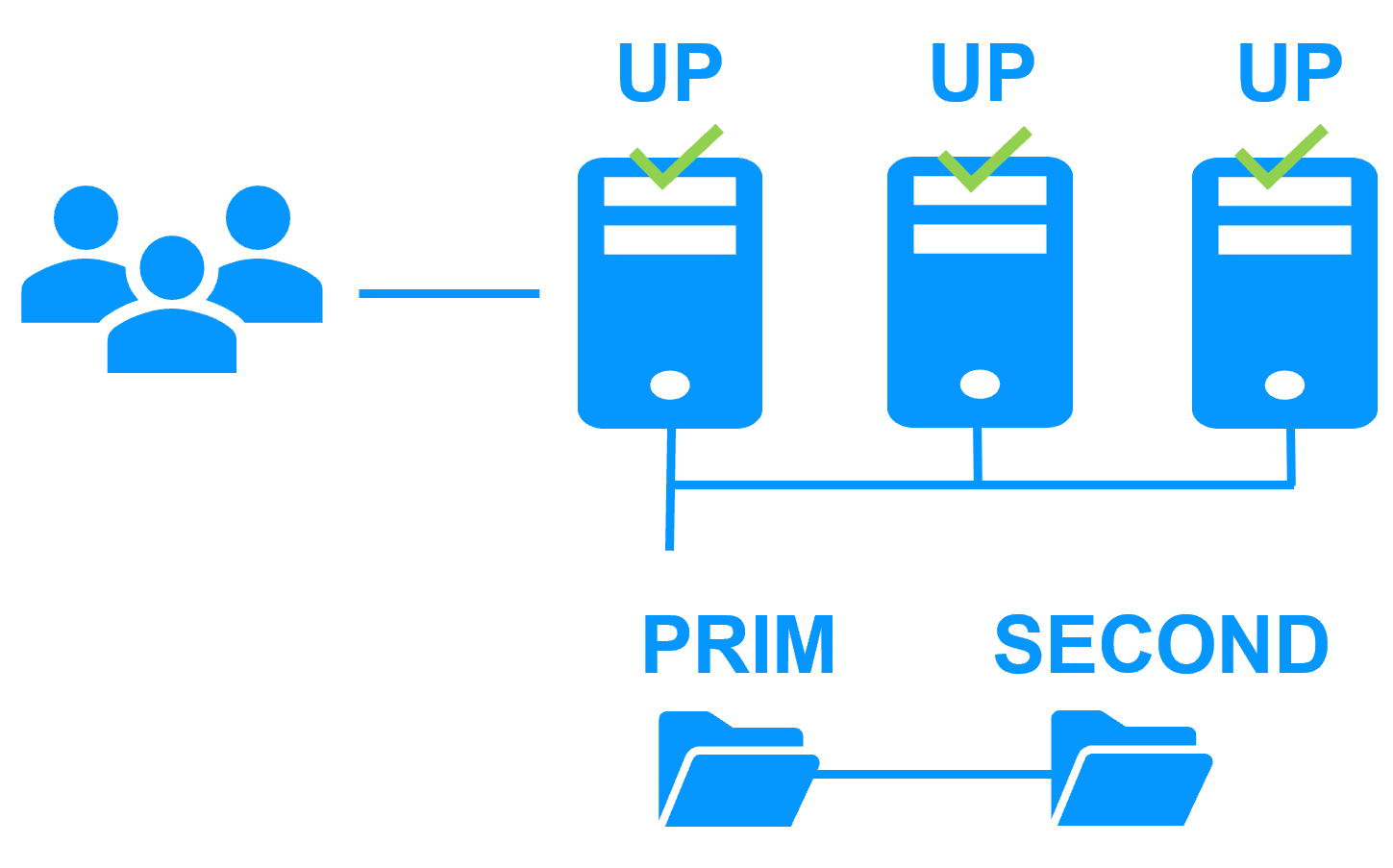 |
|
|
RTO / RPO More info > 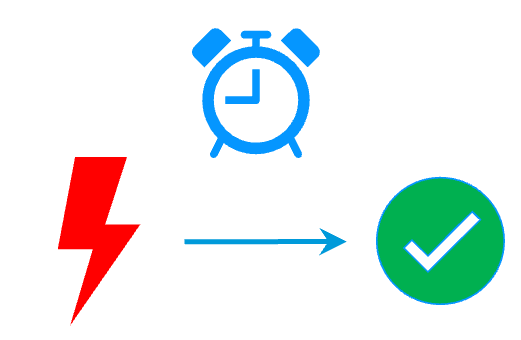 |
|
Evidian SafeKit farm cluster with load balancing and failover |
|
|
No load balancer or dedicated proxy servers or special multicast Ethernet address 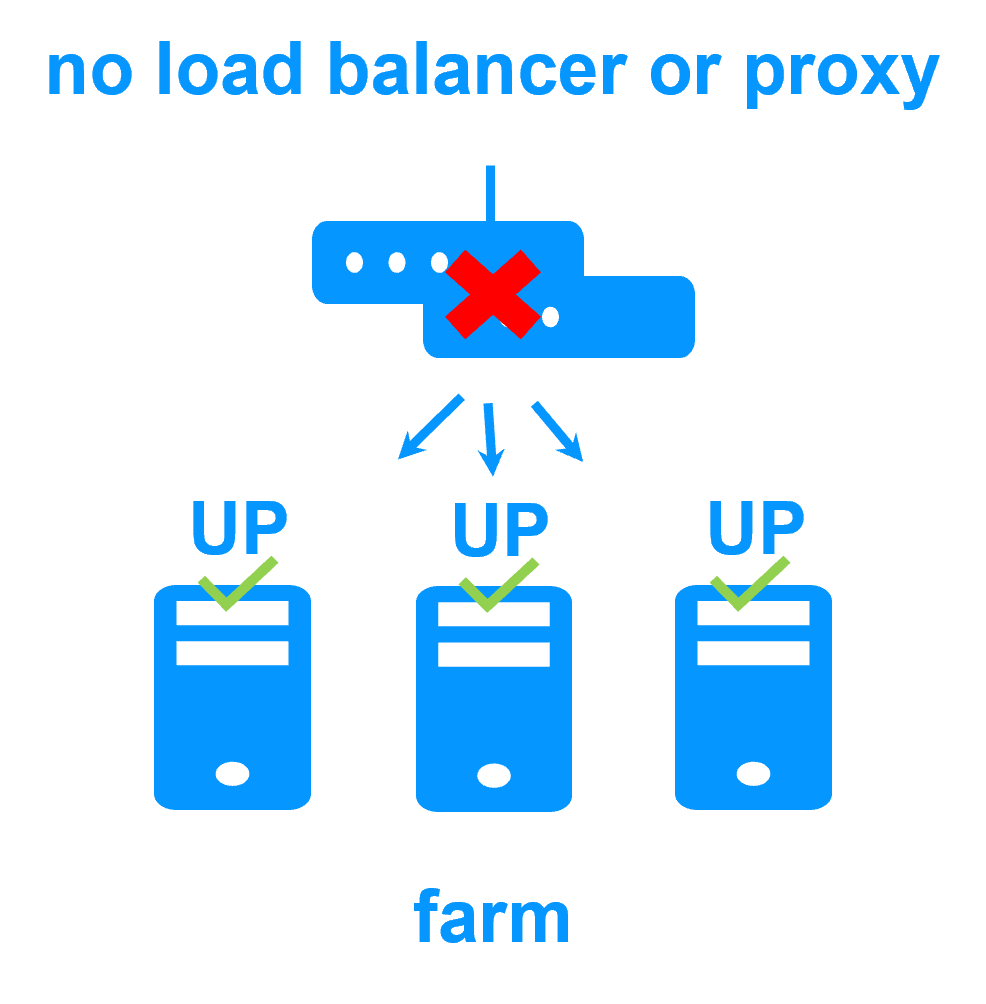
|
|
|
All clustering features 
|
|
|
Remote sites and virtual IP address 
|
|
|
Uniform high availability solution 
|
|
Software clustering vs hardware clustering
|
|
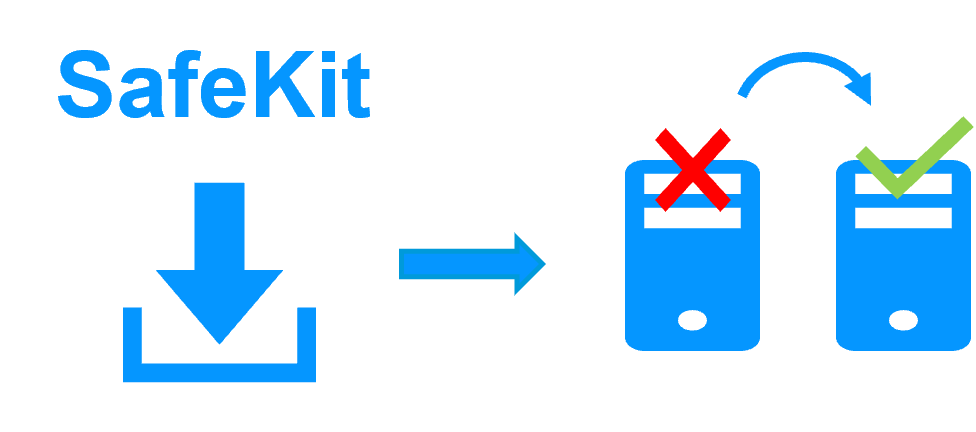
|
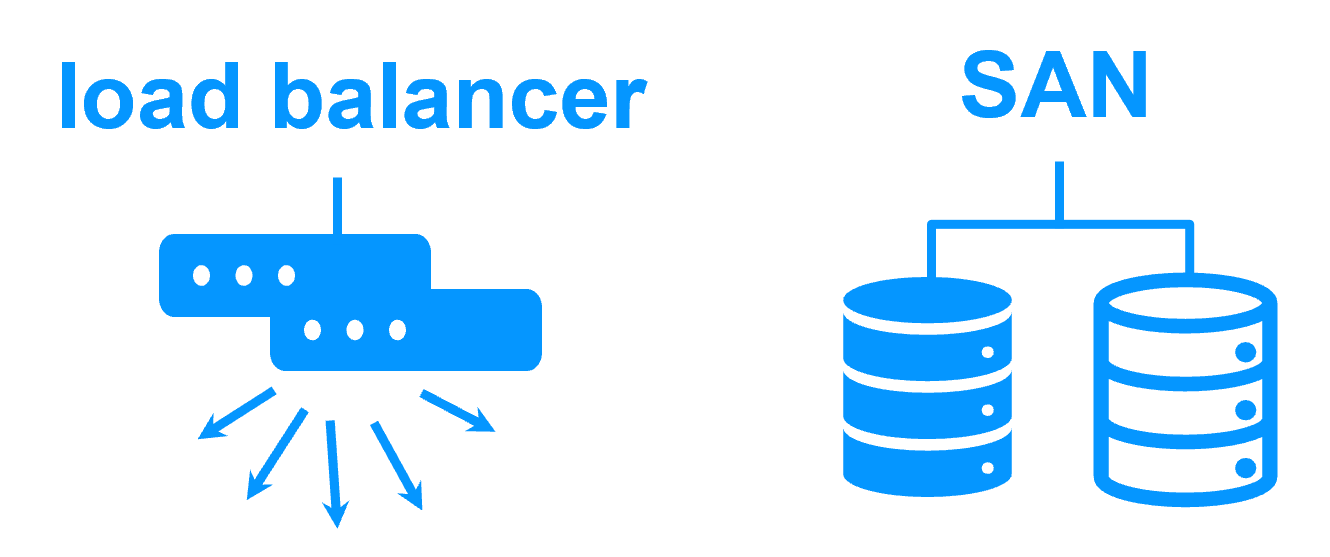
|
Shared nothing vs a shared disk cluster |
|

|
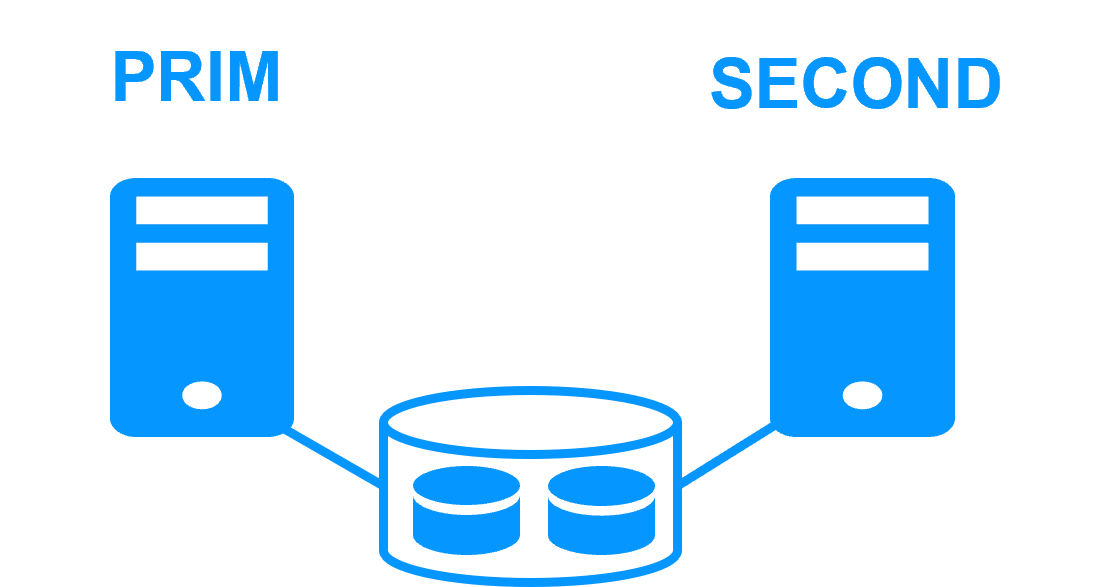
|
Application High Availability vs Full Virtual Machine High Availability
|
|
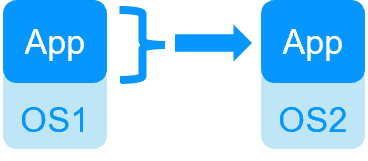
|
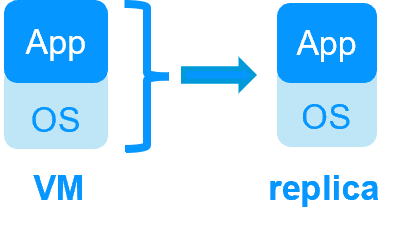
|
High availability vs fault tolerance
|
|

|
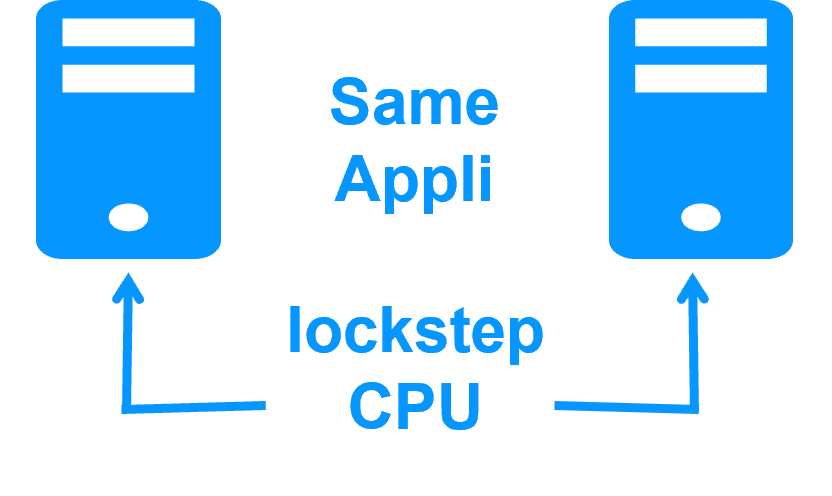
|
Synchronous replication vs asynchronous replication
|
|

|
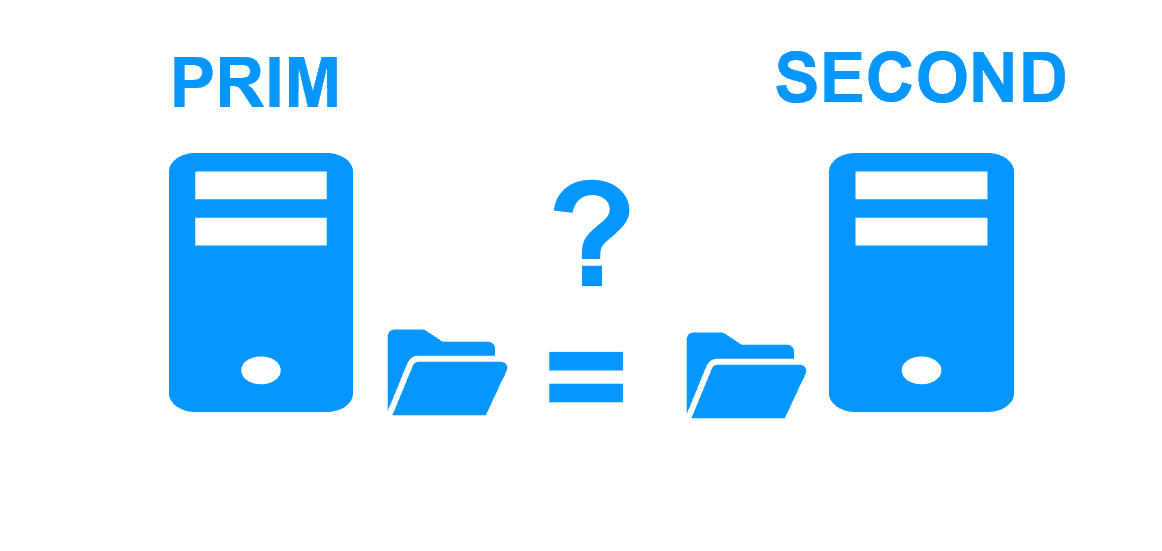
|
Byte-level file replication vs block-level disk replication
|
|

|
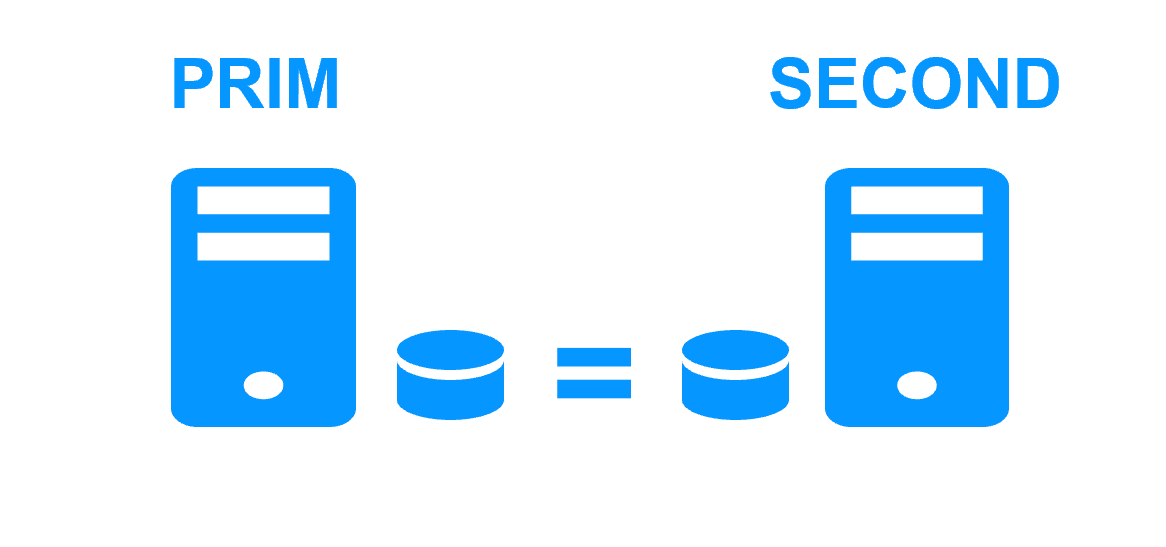
|
Heartbeat, failover and quorum to avoid 2 master nodes
|
|

|

|
Virtual IP address primary/secondary, network load balancing, failover
|
|

|

|
Partners, the success with SafeKit
This platform agnostic solution is ideal for a partner reselling a critical application and who wants to provide a redundancy and high availability option easy to deploy to many customers.
With many references in many countries won by partners, SafeKit has proven to be the easiest solution to implement for redundancy and high availability of building management, video management, access control, SCADA software...
Building Management Software (BMS)
Video Management Software (VMS)
Electronic Access Control Software (EACS)
SCADA Software (Industry)
- Demonstration
- Examples of redundancy and high availability solution
- Evidian SafeKit sold in many different countries with Milestone
- 2 solutions: virtual machine cluster or application cluster
- Distinctive advantages
- More information on the web site
Network load balancing and failover |
|
| Windows farm | Linux farm |
| Generic Windows farm > | Generic Linux farm > |
| Microsoft IIS > | - |
| NGINX > | |
| Apache > | |
| Amazon AWS farm > | |
| Microsoft Azure farm > | |
| Google GCP farm > | |
| Other cloud > | |
Advanced clustering architectures
Several modules can be deployed on the same cluster. Thus, advanced clustering architectures can be implemented:
- the farm+mirror cluster built by deploying a farm module and a mirror module on the same cluster,
- the active/active cluster with replication built by deploying several mirror modules on 2 servers,
- the Hyper-V cluster or KVM cluster with real-time replication and failover of full virtual machines between 2 active hypervisors,
- the N-1 cluster built by deploying N mirror modules on N+1 servers.
Evidian SafeKit 8.2
All new features compared to 7.5 described in the release notes
Packages
- Windows (with Microsoft Visual C++ Redistributable)
- Windows (without Microsoft Visual C++ Redistributable)
- Linux
- Supported OS and last fixes
One-month license key
Technical documentation
Product information
Training
Introduction
-
- Demonstration
- Examples of redundancy and high availability solution
- Evidian SafeKit sold in many different countries with Milestone
- 2 solutions: virtual machine or application cluster
- Distinctive advantages
- More information on the web site
-
- Cluster of virtual machines
- Mirror cluster
- Farm cluster
Installation, Console, CLI
- Install and setup / pptx
- Package installation
- Nodes setup
- Upgrade
- Web console / pptx
- Configuration of the cluster
- Configuration of a new module
- Advanced usage
- Securing the web console
- Command line / pptx
- Configure the SafeKit cluster
- Configure a SafeKit module
- Control and monitor
Advanced configuration
- Mirror module / pptx
- start_prim / stop_prim scripts
- userconfig.xml
- Heartbeat (<hearbeat>)
- Virtual IP address (<vip>)
- Real-time file replication (<rfs>)
- How real-time file replication works?
- Mirror's states in action
- Farm module / pptx
- start_both / stop_both scripts
- userconfig.xml
- Farm heartbeats (<farm>)
- Virtual IP address (<vip>)
- Farm's states in action
Troubleshooting
- Troubleshooting / pptx
- Analyze yourself the logs
- Take snapshots for support
- Boot / shutdown
- Web console / Command lines
- Mirror / Farm / Checkers
- Running an application without SafeKit
Support
- Evidian support / pptx
- Get permanent license key
- Register on support.evidian.com
- Call desk
